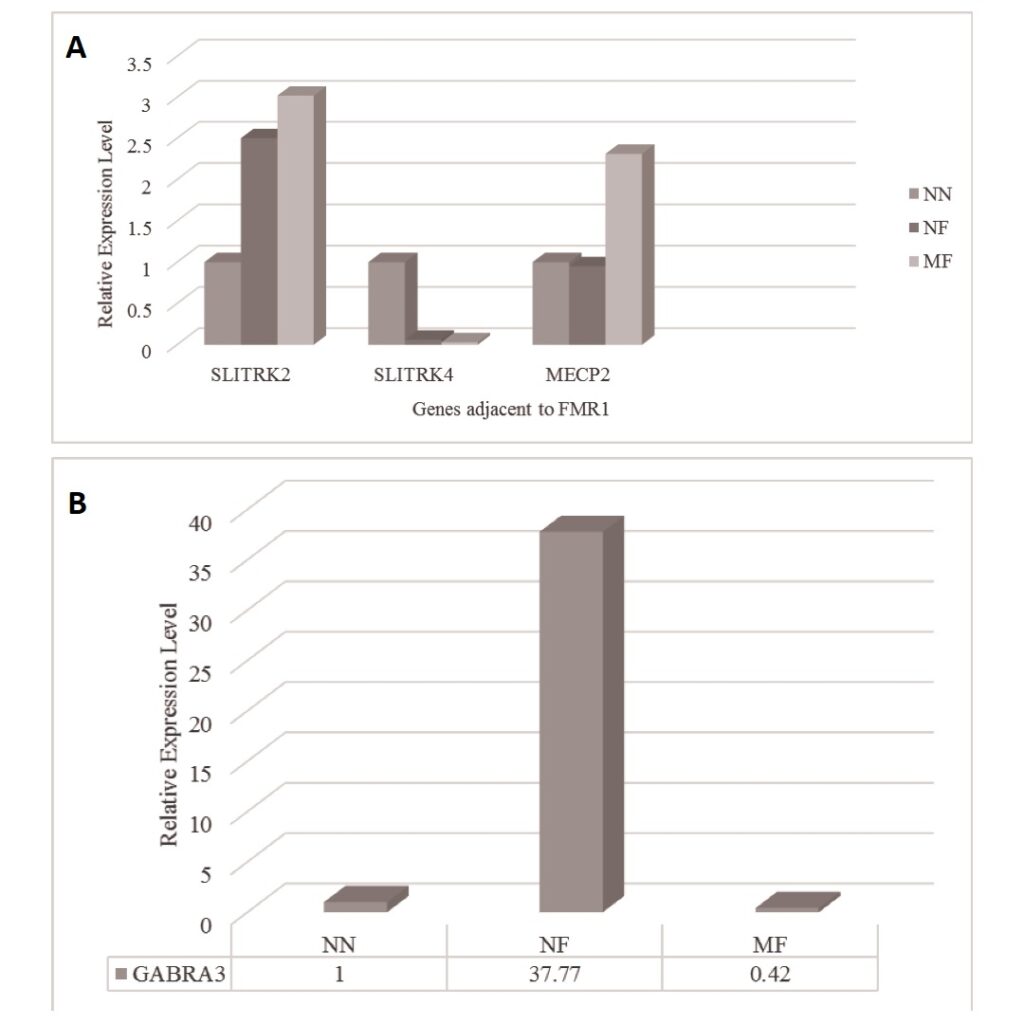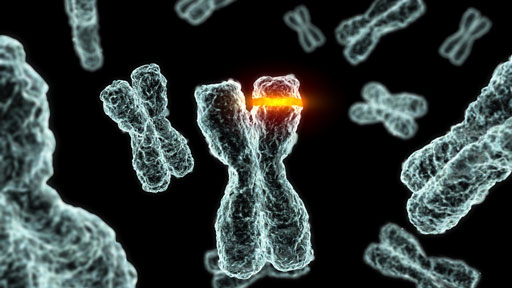Basics of Fragile X Syndrome
Mesenchymal Stem Cells
Mesenchymal stem cells (MSCs) are stromal cells with multilineage differentiation and the capacity to self-renew (Ding, Shyu, & Lin, 2011).
Researchers (Fazeli et al., 2022) examined the relationship between the methylation patterns of genes adjacent to FMR1 and CGG repeats upstream of the FMR1 gene (SLITRK2, SLITRK4, GABRA3, and MECP2) in neuron-like cells differentiated from Peripheral Blood-MSCs of two females carrying a full mutation in the FMR1 gene, each with a different phenotype, and a normal female.
Different phenotypes were displayed by the female carriers of the full mutation in FMR1. While one of them had a normal phenotype, the other female displayed FXS symptoms.
Through the use of an FMR1 PCR kit, western blotting, and a triplet-primed polymerase chain reaction (TP PCR), it was determined that both a normal allele and a full mutation allele were present in these two samples.
Additionally, methylation-specific polymerase chain reaction (MS PCR) and capillary electrophoresis analysis (Aupiais & Chartier, 2020) demonstrated that the full mutation allele was methylated in the examined carrier females, even though the normal allele was unmethylated.
Real-time PCR results

In conclusion, it was found that the phenotypic traits of females with complete mutation were correlated with the expression of SLITRK2, SLITRK4, MECP2, and GABRA3 (Fazeli et al., 2022). The results obtained may have significant implications for the identification of new therapeutic targets for individuals with mild FXS symptoms as well as those with other disorders related to FMR1.
References
Aupiais, J., & Chartier, F. (2020). Capillary electrophoresis. In D. Beauchemin (Ed.), Sample Introduction Systems in ICPMS and ICPOES (pp. 299-356). Elsevier. https://doi.org/10.1016/B978-0-444-59482-2.00006-3Top of Form
Ding, D. C., Shyu, W. C., & Lin, S. Z. (2011). Mesenchymal stem cells. Cell Transplantation, 20(1), 5-14. https://doi.org/10.3727/096368910X. PMID: 21396235.
Fazeli, Z., Ghaderian, S. M. H., Najmabadi, H., & Omrani, M. D. (2022). Understanding the molecular basis of fragile X syndrome using differentiated mesenchymal stem cells. Iranian Journal of Child Neurology, 16(1), 85-95. https://doi.org/10.22037/ijcn.v15i4.22070 Martyn, M., Anderson, V., Archibald, A., et al. (2013). Offering fragile X syndrome carrier screening: A prospective mixed-methods observational study comparing carrier screening of pregnant and non-pregnant women in the general population. BMJ Open, 3, e003660. https://doi.org/10.1136/bmjopen-2013-003660
Total word count: 302
